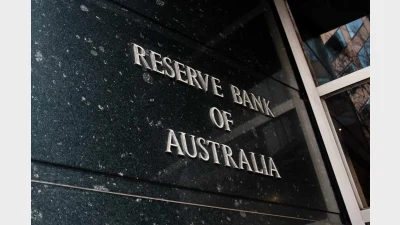Lies, damned lies and APRA's super fund league tables


The Australian Prudential Regulation Authority will soon produce its first superannuation fund league tables, but the results will not be accepted as legitimate by all.
It is now only a matter of weeks before the Australian Prudential Regulation Authority (APRA) delivers on the Federal Government’s request for the provision of superannuation fund league tables. In theory, superannuation fund members should be better informed.
The reality may prove less satisfactory.
Putting aside the traditional apathy of Australians when it comes to staying abreast of their superannuation, it seems likely that all the expanded APRA data will do is bring another set of numbers to the market that will be embraced by some and rejected by others.
The APRA data will be embraced by those funds that emerge at the top of the league tables and rejected by those which find themselves at the bottom. Then too, there will be the inevitable conflicts about the findings of the commercial research and ratings houses and the arguments about underlying methodology.
For the APRA league tables to have real credibility they need to be based on an industry-agreed methodology. Quite simply, industry agreement has not been reached and therefore the usual arguments will continue.
In the course of a recent Association of Superannuation Funds of Australia luncheon last month, a would-be industry luminary espoused the view that the outperformance of Australia’s industry funds was incontrovertible and that it was largely owed to the outperformance of their asset allocation.
But, with equities markets showing signs of recovery through March, April, May and June, was this industry luminary’s analysis correct, or simply a reflection of his embrace of conventional wisdom?
No one can diminish the fact that taken over successive quarters, industry funds have tended to outperform the retail master trusts. The question is why?
The answer to that question has invariably been asset allocation and the fact that industry funds have generally held greater exposure to unlisted assets.
It is well-recognised history that as the sub-prime crisis hit and markets collapsed, the overexposure of retail master trusts to listed products took its toll and allowed the industry funds to widen the performance gap.
Nearly two years down the track and notwithstanding the fact that virtually every superannuation fund in Australia has been in double digit negative territory, the industry funds movement has been able to point to the greater underperformance of the retail master trusts.
It has been a compelling story, well-used by the industry funds in their weekly recitations to the media.
But in circumstances where, according to Chant West, some of the retail master trusts fuelled by resurgent equities markets have been making a comeback while industry funds have been undertaking a downwards revaluation of their unlisted assets, a key question must be asked: can data produced by APRA or any of the commercial ratings houses really be relied upon to tell the whole story?
Performance data, no matter the type of methodology used, can only give investors a rear-vision mirror look at particular markets. It follows that investors will need to be mindful of that much-used cautionary phrase, ‘Past performance should not be taken as a guide to future returns’.
Thus, many financial advisers would likely argue that any investor in a retail master trust would need to be cautious in considering a move to an industry fund in circumstances where the unit cost of entry might be inflated by the tardiness of the fund in repricing unlisted assets.
The question neither APRA nor any of the ratings houses can ever legitimately and safely answer is whether the analysis they have applied to the performance of Australian superannuation funds over the past three, six or 12 months can be safely relied upon as an indicator of future performance.
And the critics of the industry superannuation funds might add weight to this analysis by pointing to some of the funds that consistently topped the performance lists of ratings houses through 2007-08 but have virtually disappeared from sight unless someone is looking at five or 10-year returns.
There will be those in the superannuation industry who find the new APRA league tables useful, but given the lack of industry unanimity on an appropriate methodology, the old arguments are set to continue.
Recommended for you
High risk, high return assets will become dangerous options for superannuation funds under the Federal Government’s planned $3 million superannuation changes, writes Brad Twentyman.
Economic policy can no longer ignore the macroeconomic impacts of Australia's superannuation system and the emerging policy implications, writes Tim Toohey.
In an age where climate concerns and social consciousness dominate headlines, it’s no surprise that investors are increasingly seeking investments that align with their values, writes Simon O’Connor.
How profit-for-member superannuation funds can embed 'commerciality with a heart' and marry a member-first culture with commercial outcomes.













